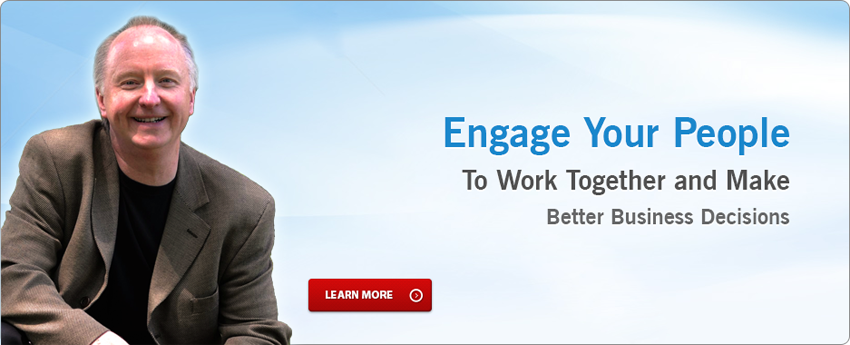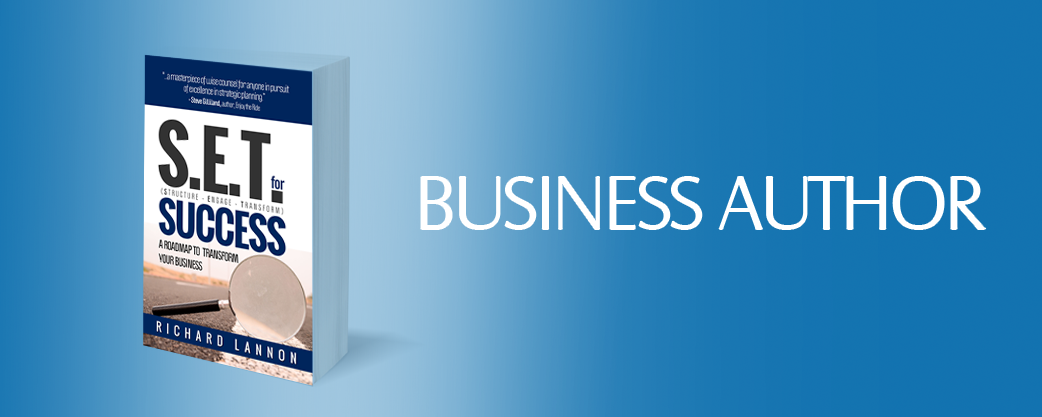I make no bones about it. Over 27 years ago, as I prepared to leave university, I wanted a career where I could do the stuff I did in post-secondary school but in the private sector. Read, research, write, chat with people, create relationships, present and share […]
Read more →There are many types of people that make up an organization and team. Sometimes the type of person needed changes depending on the circumstances within your organization. Innovation or innovative people types has become popular as of late. So I pose the question, when asked to create […]
Read more →It’s time for that one-on-one meeting, the interview. You know the one. It’s the meeting that you need to prepare for to ensure it goes well. This is one of those topic areas that I am never too sure whether to describe as strategic or tactical. Maybe […]
Read more →9 Lessons Learned from Facilitating Bottom-Up Solution Sessions – Getting it on the Strategic Agenda
Taking the time to create lessons learned is a powerful way to improve your facilitation skills and abilities. I have learned this lesson from years of facilitating meetings, workshops and planning sessions across diverse industries needing to apply an approach to solving business issues. For example, some […]
Read more →Recently I wrote about the importance of communications and having a common stakeholder language. From a strategy insight perspective this is extremely important. Definitions and a common language help keep people on track so they move things forward. Often I have to tell my stakeholders what the terms […]
Read more →There are two important questions that business leaders and professionals need to ask at the tactical level in order to get things done. If you follow my writing you know that I define tactical as being about figuring out the how, who and when for anything that […]
Read more →

















